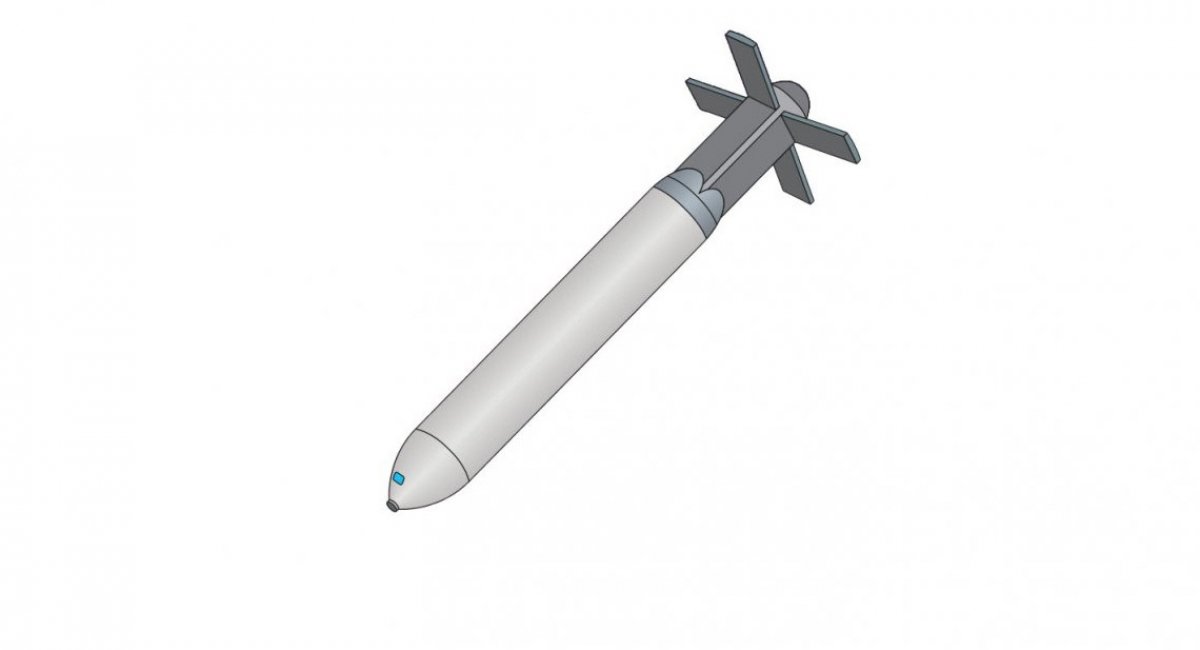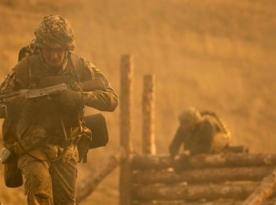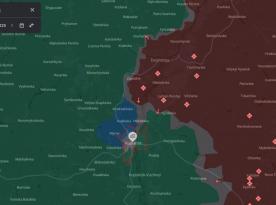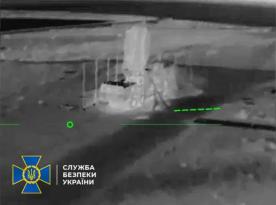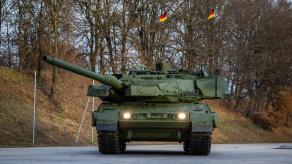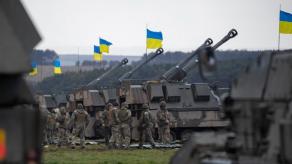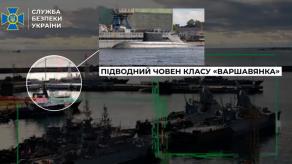Recently, russian media unveiled the Soloist—a small solid-fuel missile positioned as a hybrid between a UAV and a high-precision munition. Currently, it remains in the prototype stage, undergoing live-fire testing, but russia has already demonstrated its ability to rapidly scale certain promising developments.
The Soloist reportedly has a length of 1.2 meters and a takeoff weight of up to 20 kg. Launched from a transport-launch container similar to a mortar, it ascends to an altitude of up to 2 km, deploys aerodynamic control surfaces, and allows the operator to steer it while receiving images from an onboard camera. This system effectively provides television guidance, much like FPV drones.
Read more: russian Molniya-2 Kamikaze Drones Now Equipped With Thermobaric Warheads
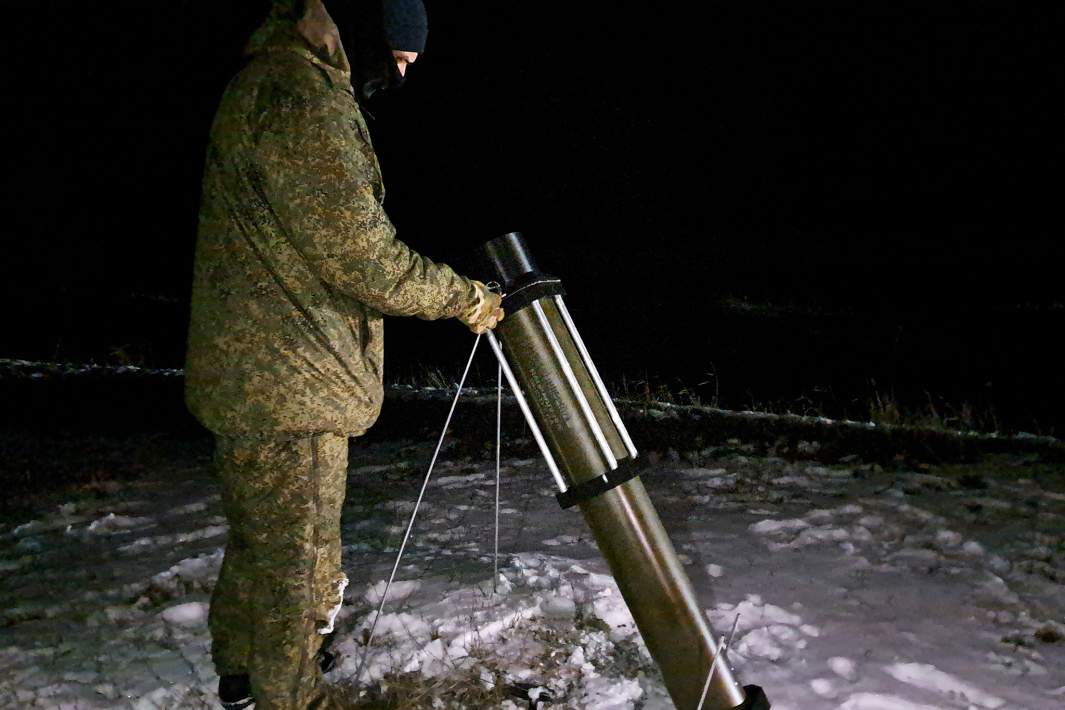
The Soloist's warhead consists of standard munitions from RPG-7 and SPG-9 grenade launchers, weighing between 2 and 5 kg. russian sources claim it can engage a wide range of targets, including low-altitude aerial vehicles.
Regardless, this development represents an attempt to create a high-precision munition capable of striking beyond the line of sight (NLOS).
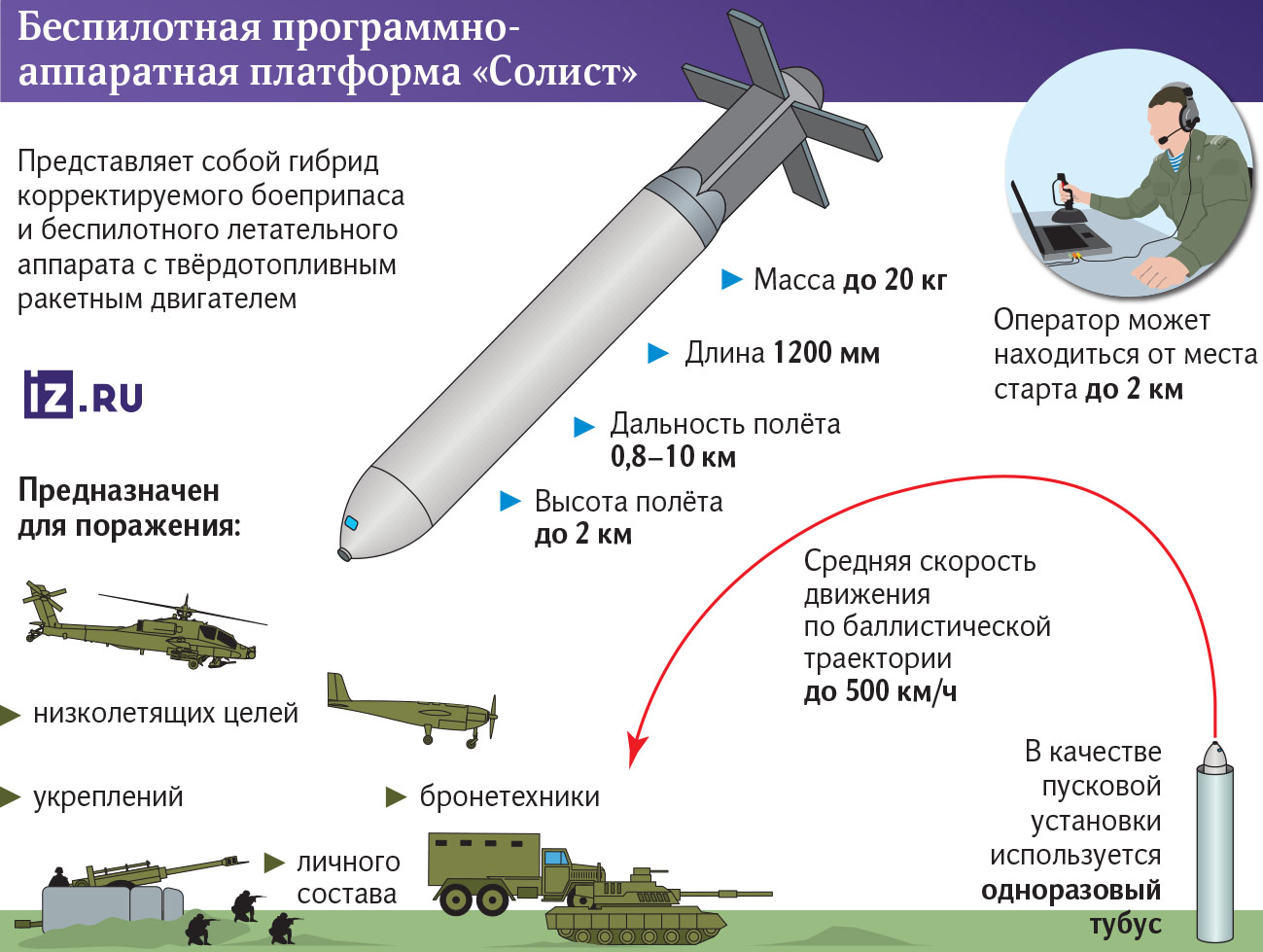
The Soloist is being developed by KEMZ (Kizlyar Electromechanical Plant), a company primarily specializing in operational control systems for Sukhoi fighter jets, including the Su-27 and Su-30. Missile development falls outside its usual expertise.
Reports suggest that the project is not spearheaded by Rostec, which oversees KEMZ, but rather by the technology incubator ANO Rivir Center. According to claims from russian sources, multiple military units have expressed interest in the Soloist, and serial production may begin as early as this summer.
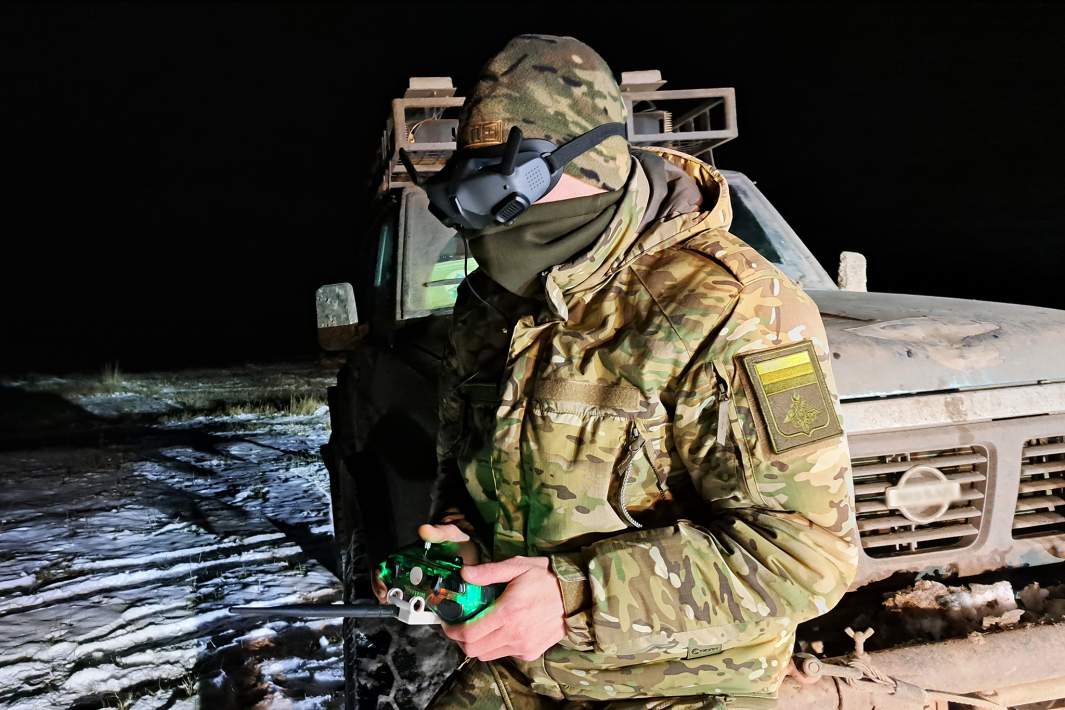
From a technological perspective, guiding a missile via a camera is not a new concept. Similar principles are used in Israeli Spike missiles, the latest French Akeron, and the Iranian Almas. Some Iranian guided missiles for multiple rocket systems, such as certain versions of the Ababil, which can reach distances exceeding 80 km, allegedly employ a comparable guidance system.
Overall, a Soloist operator will have approximately 20 seconds to guide the missile as it descends from its maximum altitude, keeping it on target. While the effectiveness of each strike will largely depend on the operator’s skill, russia may integrate machine vision technology to reduce this dependency.
Read more: russia Confirms Su-57 Export Deal – First Delivery Expected in 2025




